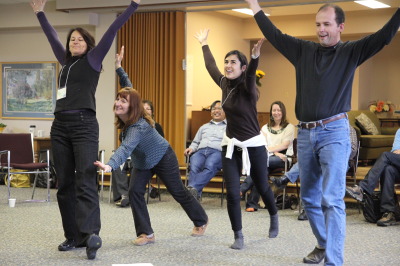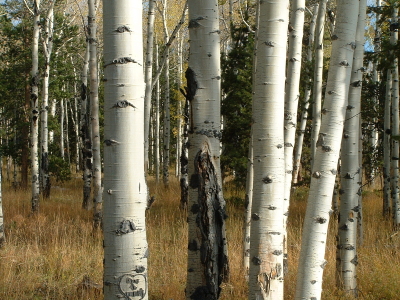Takuhatsu is a Japanese Zen practice of asking for alms. The monks in the community call people to the street. Sometimes chanting as an offering. Welcoming food. Welcoming gifts to their empty bowls.
My friend Bob Stilger described this practice to me yesterday, reflecting on his recent trip to Japan. What was unique in his description was an added layer of purpose found in Takuhatsu. Not just asking for food and resources, though that is important. Not just the practice of begging, though that is important too. But offering a way to connect the local community to the local Zen temple.
 Takuhatsu creates a medium for engagement and access. A “welcoming boundary,” as Bob called it. A way for ordinary villagers and merchants to be in relation with the rigor required of the Zen monks in the temple. Not a “rigid boundary,” that so often isolates and separates. But a “welcoming boundary” that creates association at the edges, while fully respecting the identity and private aspects at the center of a Zen temple.
Takuhatsu creates a medium for engagement and access. A “welcoming boundary,” as Bob called it. A way for ordinary villagers and merchants to be in relation with the rigor required of the Zen monks in the temple. Not a “rigid boundary,” that so often isolates and separates. But a “welcoming boundary” that creates association at the edges, while fully respecting the identity and private aspects at the center of a Zen temple.
In living systems, permeable boundaries, or membranes, are essential for life to happen. Stuff comes in. Stuff goes out. There is exchange. It’s what leads to cell-division. To evolution of complex forms. To diversity of expression. To propagation.
In human systems, welcoming boundaries are essential too. It’s what leads to evolution of ideas, to inspiration, to broadened community, to newness. Even to respectful tending of endings.
The boundary is essential. It is what enables an identity to form, to specialize, and to contribute to a broader system. However, the edges of a boundary are also essential. When too rigid, life shuts down. When open, when welcoming, without forgoing fundamental identity (though sometimes this feels essential also, doesn’t it), life thrives. Life gives life.
I was given the bowl in this picture from a wise and caring friend. It is a begging bowl. When she gave it to me, she also gave me a story of the practice used for this bowl, including this reference point. “In order for the beggar to beg, the bowl must be empty.” Of course she wasn’t just speaking of the bowl. She was speaking of the person too.
I don’t believe that we as humans must empty ourselves of all identity. At least, not every day. There are times, those dark nights of the soul, when utter emptying is utterly essential. Make sure you have friends for these times of life. I do believe that, more commonly, there is an emptying of self, of the rigid parts, enough to create a inviting edge, a welcoming boundary, just as the Zen monks do with Takuhatsu, that connects us not only to ourselves but to the community of life and people and experience that surround us.


 Everything is connected.
Everything is connected.